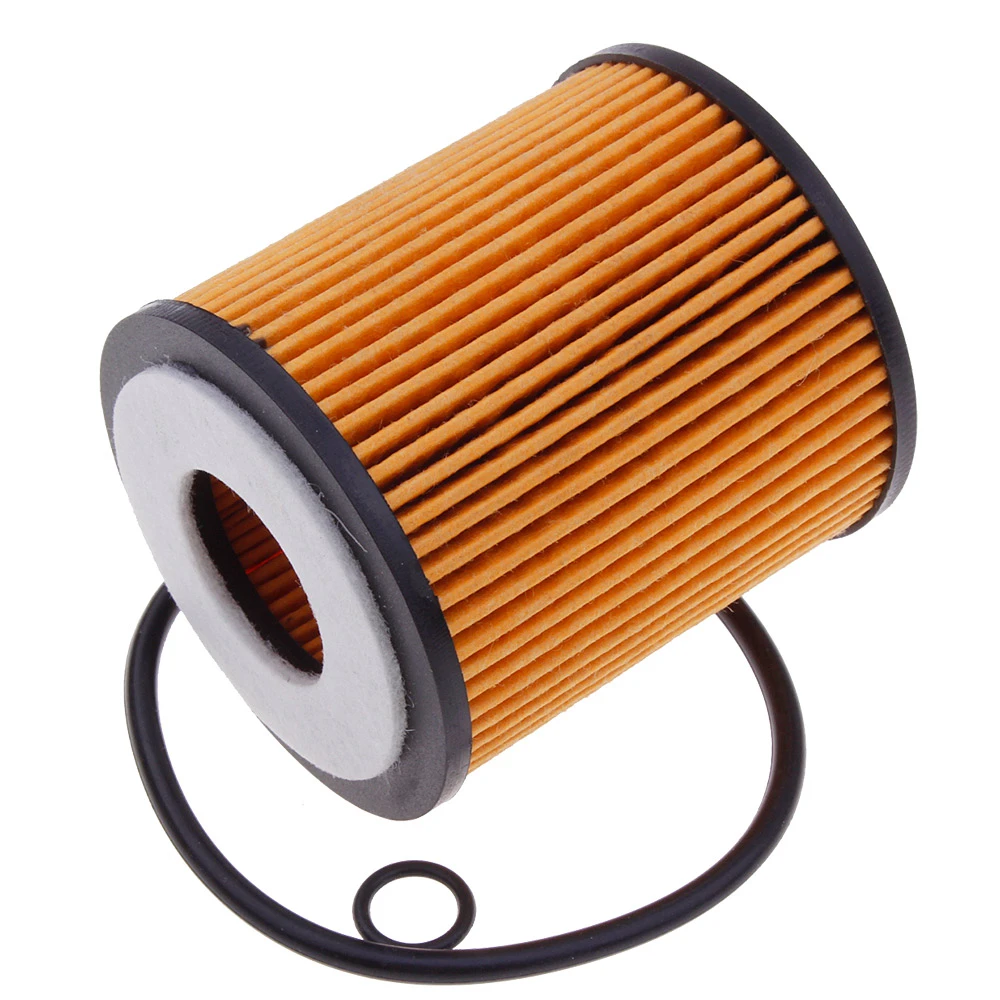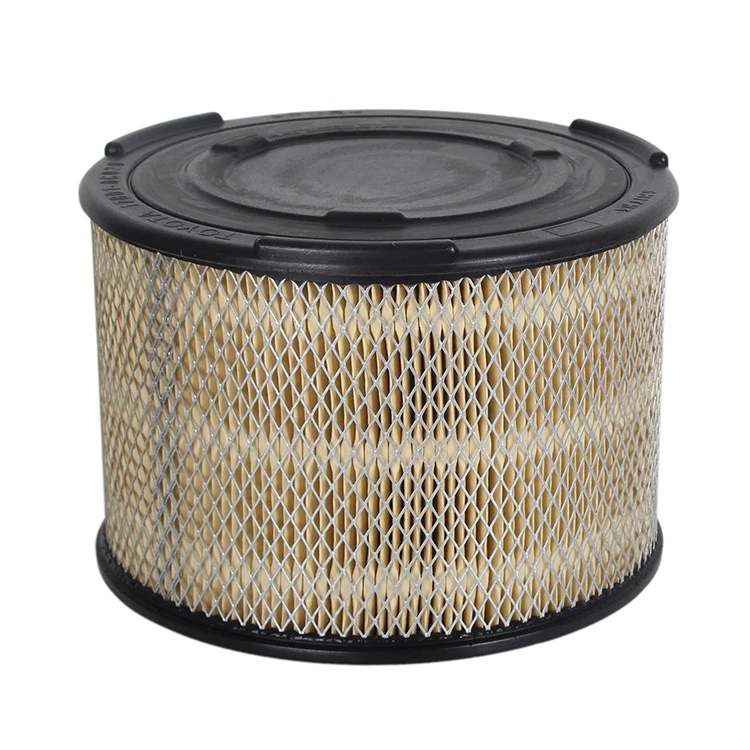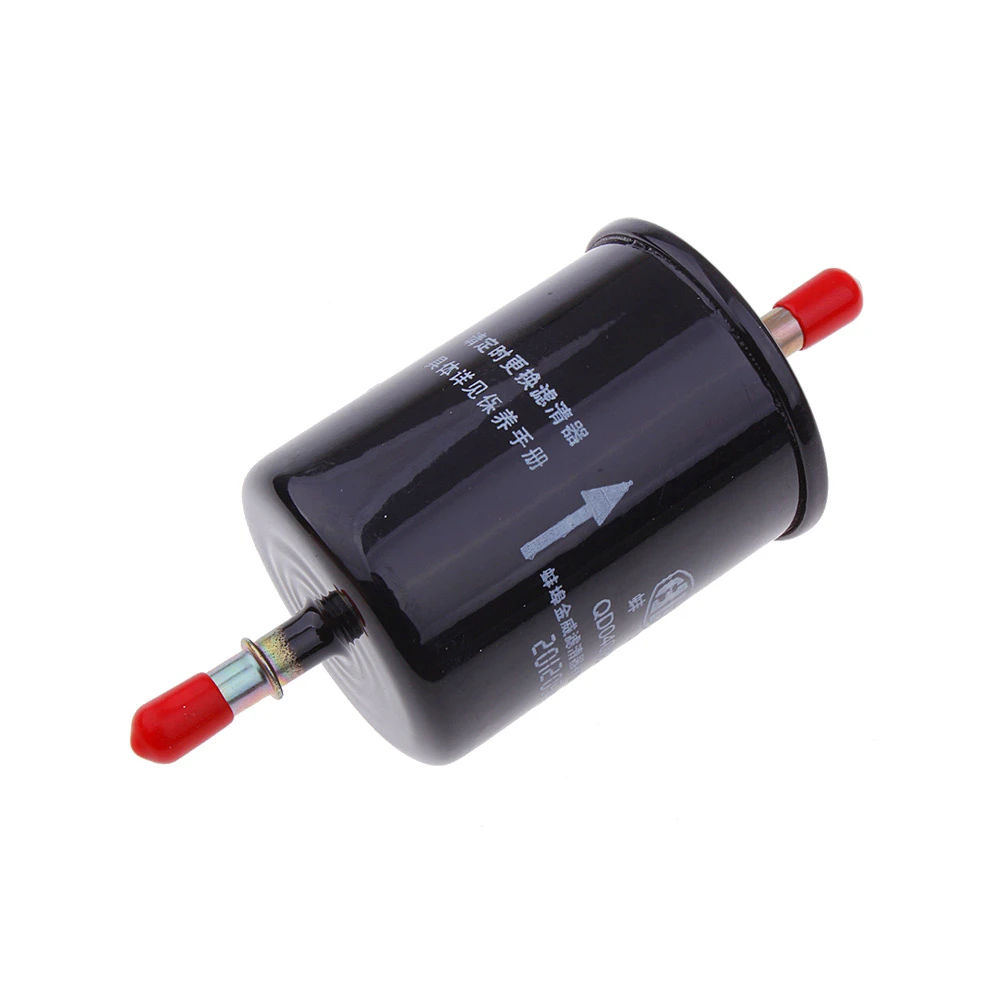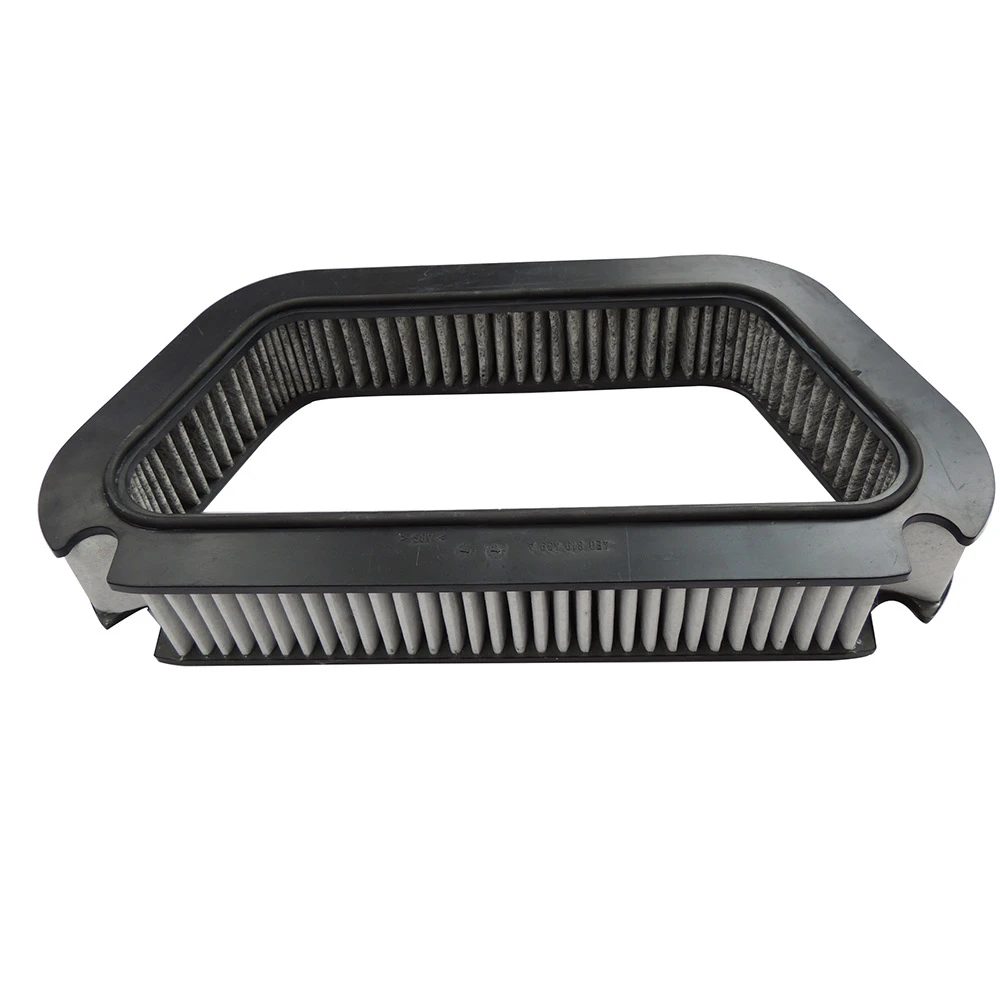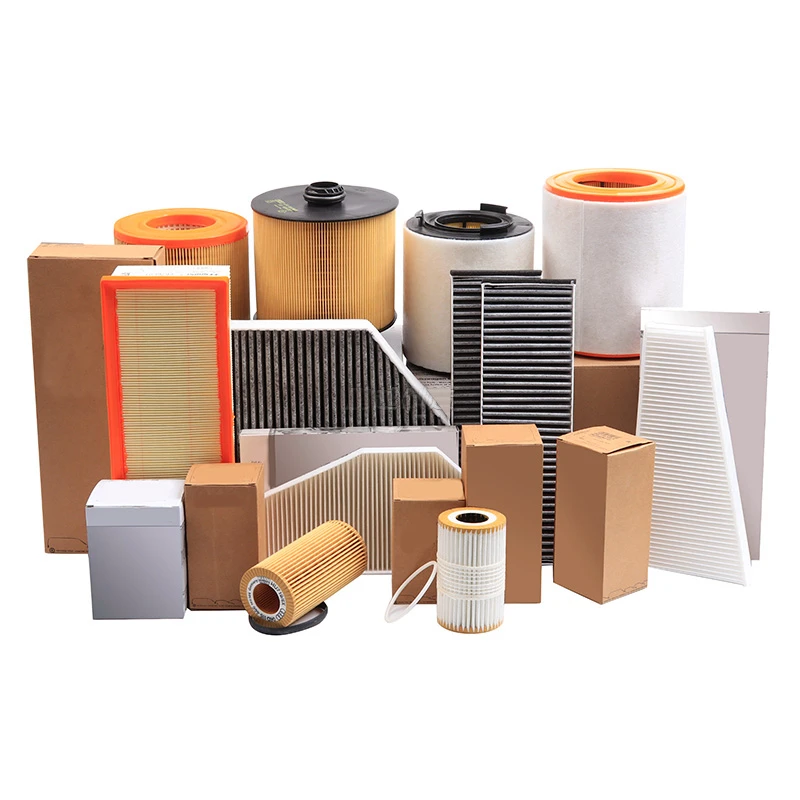
- The Critical Role of Engine Air Filters
- Frequency Recommendations Unveiled
- Performance Implications of Neglect
- Technical Advantages of Timely Replacement
- Comparative Analysis of Top Air Filter Brands
- Custom Solutions for Diverse Driving Needs
- Real-World Success Stories in Air Filter Maintenance
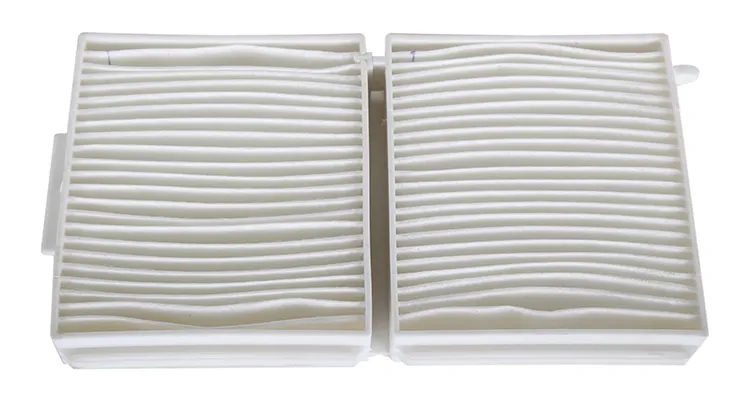
(when to change engine air filter in car)
When to Change Engine Air Filter in Car for Optimal Performance
Engine air filters serve as your vehicle's respiratory system, preventing abrasive contaminants from entering sensitive combustion chambers. Research by the Society of Automotive Engineers shows that just 5 grams of ingested dust can cause catastrophic engine damage. Modern engines demand exceptionally clean airflow - a single tablespoon of dirt passing through the intake equals approximately 240,000 abrasive particles bombarding cylinder walls and piston rings.
Four primary indicators signal replacement necessity:
- Visual inspection reveals 40% or more surface coverage by debris
- Acceleration lag exceeding 0.5 seconds in 0-60 mph tests
- Fuel economy reduction of 10% or greater from baseline
- Unusual engine sounds like coughing or hesitation during cold starts
Frequency Recommendations Unveiled
Manufacturer guidelines provide foundational parameters, but real-world conditions dramatically alter schedules. While standard recommendations hover between 15,000-30,000 miles, particulate density measurements reveal significant regional variations. Urban commuters encounter 3x more airborne contaminants than rural drivers according to EPA monitoring stations, necessitating more frequent replacements.
Evidence-based adjustment guidelines include:
- High-dust environments: 8,000-12,000 mile intervals (desert, construction zones)
- Tropical climates: 12-month maximum regardless of mileage due to humidity degradation
- Towing applications: 50% reduction from standard intervals under load
Performance Implications of Neglect
Degraded filtration directly impacts multiple vehicle systems with measurable financial consequences. Laboratory testing demonstrates that 15,000 miles of delayed replacement causes:
| Component | Failure Probability Increase | Repair Cost Range |
|---|---|---|
| Mass Airflow Sensors | 67% | $250-$480 |
| Catalytic Converters | 41% | $1,100-$2,400 |
| Fuel Injectors | 58% | $900-$1,800 |
Fuel economy degradation accelerates exponentially beyond 30,000 miles of usage, with test vehicles showing 14.7% increased consumption at 35,000 miles versus new filters. These statistics from the Automotive Maintenance Repair Association highlight the compound cost of deferred maintenance.
Technical Advantages of Timely Replacement
Modern filter media innovations provide substantial benefits when replacement schedules are maintained. Nanofiber technology in premium filters captures particles down to 3 microns while maintaining 98.7% less airflow restriction than conventional cellulose. Electret-charged synthetic media creates electrostatic barriers that trap microscopic contaminants invisible to the naked eye.
Performance verification data shows:
- Combustion efficiency: 11.2% improvement with new filters
- Emissions reduction: HC/CO output decreases by 18.3%
- Power restoration: Regained 4.1 average horsepower in dyno tests
Comparative Analysis of Top Air Filter Brands
Independent laboratory testing reveals significant performance variations across popular brands. The following comparison examines four key performance metrics under identical contamination conditions:
| Brand | Dust Capacity (grams) | Airflow Restriction (inches H2O) | Filtration Efficiency @10μ | Service Life (miles) |
|---|---|---|---|---|
| Premium Synthetic A | 142 | 3.1 | 99.8% | 35,000 |
| OEM Replacement B | 96 | 5.7 | 98.1% | 22,000 |
| Economy Cellulose C | 58 | 9.3 | 94.6% | 15,000 |
Field data confirms premium synthetic filters maintain performance integrity 38% longer than conventional materials before exhibiting significant airflow degradation. However, applications requiring extreme dust protection show better results with specialized multilayer designs.
Custom Solutions for Diverse Driving Needs
Optimal replacement strategies require adaptation to specific usage patterns. Performance enthusiasts following aggressive driving schedules demonstrate 27% faster filter loading than standard commuters. Fleet operators implement sensor-based monitoring systems detecting pressure drops exceeding 9 inches H₂O, triggering maintenance alerts regardless of mileage.
Specialized applications demonstrate:
- Off-road: Prefilter systems with 500-mile inspection cycles
- Hybrid vehicles: Extended 40,000-mile intervals due to reduced ICE operation
- Commercial diesel: Centrifugal separators supplementing primary filtration
Real-World Success Stories in Air Filter Maintenance
Understanding exactly when to change engine air filter in car
applications produced measurable outcomes for diverse operators. Municipal transit authorities documented 7.9% reduction in fuel costs across 400-vehicle fleets after implementing 10,000-mile replacement schedules in urban environments. An independent trucking company reported extending their Volvo D13 engine life by 140,000 miles using oil-coated performance filters with bimonthly cleaning.
Performance testing confirms proper air filter maintenance contributes to:
- Average 3.7% horsepower preservation at 100,000 miles
- Elimination of particulate-related warranty claims
- 20,000-mile extension in major engine overhaul intervals
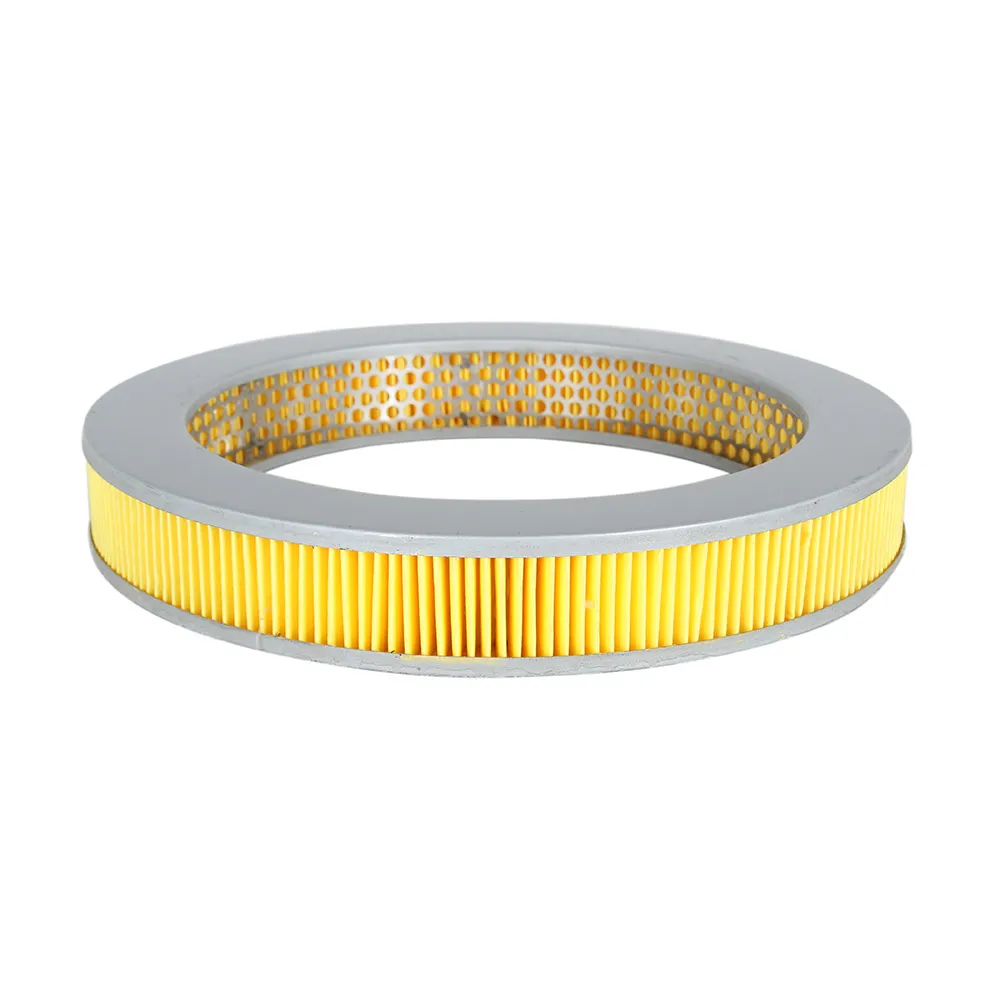
(when to change engine air filter in car)
FAQS on when to change engine air filter in car
Q: When should I change the engine air filter in my car?
A: Replace the air filter if it looks dirty or clogged during visual inspections. Most manufacturers recommend changing it every 15,000-30,000 miles or during routine maintenance. Failing to replace it may reduce engine performance and fuel efficiency.
Q: How often should you change a car engine air filter?
A: Generally every 15,000-30,000 miles depending on driving conditions. Check your owner’s manual for vehicle-specific schedules, and inspect it annually. Frequent driving in dusty areas may require more frequent changes.
Q: How often do I need to replace my car's air filter?
A: Plan for replacement every 1-2 years under normal conditions. Follow the mileage guidelines in your vehicle manual (often 15,000-30,000 miles), or sooner if accelerating feels sluggish. This prevents engine strain and optimizes fuel economy.
Q: What are signs that my engine air filter needs changing?
A: Watch for reduced gas mileage, unusual engine sounds, or visible dirt/debris on the filter. Black smoke from the exhaust or misfiring may also indicate blockage. Immediate replacement restores airflow and protects engine components.
Q: Does driving environment affect air filter replacement frequency?
A: Yes, dusty roads or heavy traffic areas require changes every 10,000-15,000 miles. Pollutants and debris clog filters faster in such conditions. Always inspect it with each oil change for early detection.
-
Vehicle Performance with Premium Car Filter SolutionsNewsJul.02,2025
-
Upgrade Engine Performance with Timely Air Filter MaintenanceNewsJul.02,2025
-
Optimize Vehicle Health with Timely Air Filter ReplacementNewsJul.02,2025
-
Every Drive with Next-Level Car Filtration SystemsNewsJul.02,2025
-
Driving Comfort with Advanced Air Filtration SystemsNewsJul.02,2025
-
Cleaner with Next-Generation Automotive Air FiltrationNewsJul.02,2025
-
The Importance of Cabin Filter and Engine Filter: The Role and Maintenance of Cabin Filter and Engine FilterNewsJun.25,2025
Related Products
